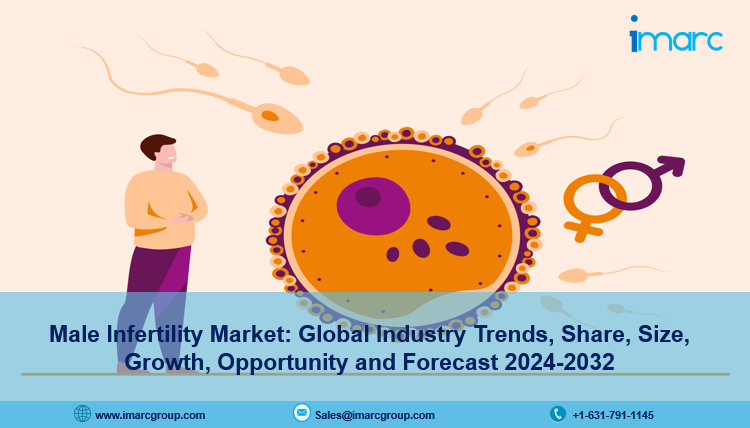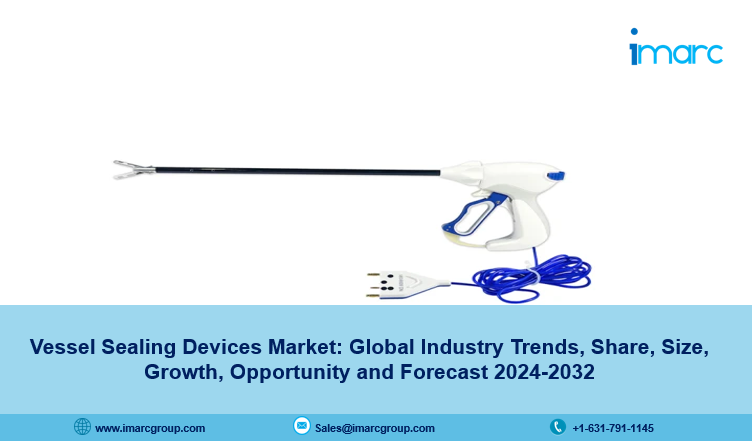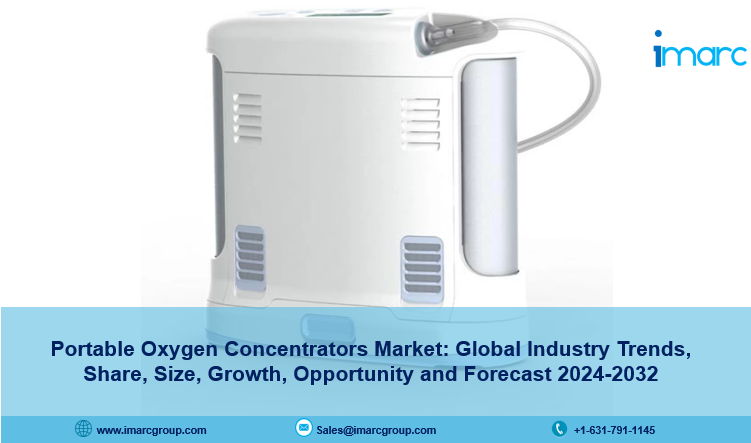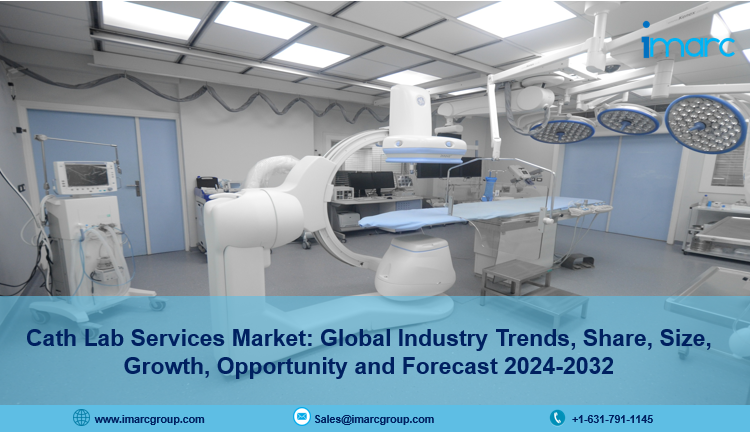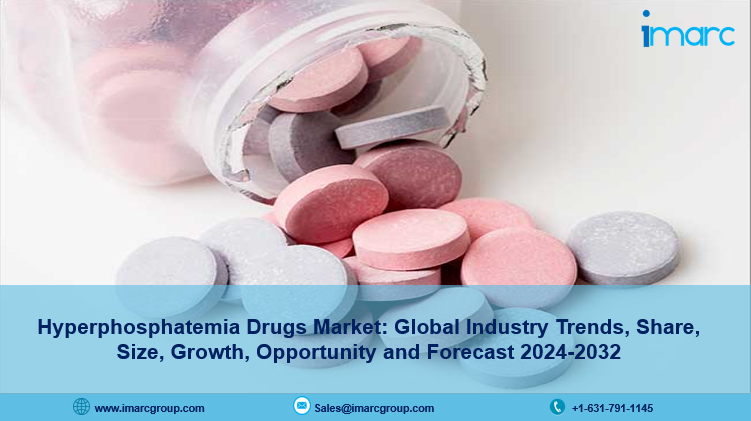IMARC Group’s report titled “Direct Fed Microbials Market Report by Product Type (Lactic Acid Bacteria, Bacillus, and Others), Livestock (Swine, Poultry, Ruminants, Aquatic Animals, and Others), Form (Dry, Liquid), and Region 2024-2032”. The global direct fed microbials market size reached US$ 1.30 Billion in 2023. Looking forward, IMARC Group expects the market to reach US$ 2.1 Billion by 2032, exhibiting a growth rate (CAGR) of 5.19% during 2024-2032.
For an in-depth analysis, you can refer sample copy of the report: https://www.imarcgroup.com/direct-fed-microbials-market/requestsample
Factors Affecting the Growth of the Direct Fed Microbials Industry:
- Increasing demand for natural feed additives:
The rise in preference for natural and organic products is driving the demand for direct fed microbials (DFMs). People are increasingly concerned about the presence of antibiotics and synthetic additives in animal products, which is catalyzing the demand for alternatives such as DFMs. This trend is particularly pronounced in regions with strict regulations on antibiotic usage in livestock production. As a result, livestock producers are seeking natural and sustainable solutions to maintain animal health and productivity while meeting demands for clean-label products. DFMs offer a viable alternative to traditional antibiotics and growth promoters, as they are derived from naturally occurring microorganisms and do not contribute to antibiotic resistance concerns.
- Growing awareness about animal health and nutrition:
At present, there is an increase in awareness among livestock producers about the importance of gut health and optimal nutrition in animals is propelling the market growth. This heightened awareness stems from various factors, including advancements in scientific research, industry education initiatives, and demand for high-quality animal products. Livestock producers recognize that maintaining a balanced gut microbiota is essential for maximizing nutrient utilization, supporting immune function, and promoting overall animal health and performance. As a result, there is a growing interest in incorporating direct-fed microbials (DFMs) into animal feed formulations to enhance gut health and improve productivity.
- Technological advancements in microbial research:
With the advent of high-throughput sequencing technologies, advanced bioinformatics tools, and genome editing techniques, researchers are gaining unprecedented insights into the diversity, functionality, and interactions of microbial communities. These technological innovations are facilitating the discovery and characterization of novel microbial strains with potential applications as DFMs. Moreover, advancements in formulation technologies, such as microencapsulation and nanoparticle delivery systems, are improving the stability and efficacy of DFMs in animal feed. Furthermore, innovative approaches in strain selection, genetic engineering, and fermentation processes are enabling the development of DFMs with enhanced properties, such as increased survivability in the gastrointestinal tract and targeted functionality in specific animal species.
Leading Companies Operating in the Global Direct Fed Microbials Industry:
- BASF SE
- Alltech
- American Biosystems Inc
- Bayer AG
- Bio-Vet
- Cargill Incorporated
- Chr. Hansen A/S (Chr Hansen Holding A/S)
- DuPont de Nemours Inc.
- Kemin Industries
- Koninklijke DSM N.V.
- Lallemand Inc.
- Novozymes A/S (Novo Holdings A/S)
- Novus International Inc. (Mitsui & Co. Ltd)
Direct Fed Microbials Market Report Segmentation:
By Product Type:
- Lactic Acid Bacteria
- Bacillus
- Others
Lactic acid bacteria represent the largest segment as they confer health benefits when consumed in adequate amounts.
By Livestock:
- Swine
- Poultry
- Ruminants
- Aquatic Animals
- Others
Poultry holds the biggest market share due to the rising consumption of eggs and poultry meat among the masses.
By Form:
- Dry
- Liquid
Dry accounts for the majority of the market share owing to its easy application.
Regional Insights:
- North America (United States, Canada)
- Asia Pacific (China, Japan, India, South Korea, Australia, Indonesia, Others)
- Europe (Germany, France, United Kingdom, Italy, Spain, Russia, Others)
- Latin America (Brazil, Mexico, Others)
- Middle East and Africa
North America’s dominance in the direct fed microbials market is attributed to the rising awareness among the masses about the benefits of direct fed microbials.
Global Direct Fed Microbials Market Trends:
Stringent regulations and guidelines imposed by regulatory bodies worldwide are restricting the use of antibiotics in livestock production. Concerns over antimicrobial resistance and the potential transfer of resistant bacteria to humans through the food chain are leading to bans or limitations on the use of certain antibiotics as growth promoters or prophylactic agents in animal feed. In response, livestock producers are seeking alternative strategies to maintain animal health and productivity. Direct-fed microbials (DFMs) are emerging as promising substitutes for antibiotics, offering natural and sustainable solutions to promote gut health, enhance nutrient absorption, and support immune function in livestock without contributing to antibiotic resistance concerns.
Note: If you need specific information that is not currently within the scope of the report, we will provide it to you as a part of the customization.
About Us:
IMARC Group is a leading market research company that offers management strategy and market research worldwide. We partner with clients in all sectors and regions to identify their highest-value opportunities, address their most critical challenges, and transform their businesses.
IMARCs information products include major market, scientific, economic and technological developments for business leaders in pharmaceutical, industrial, and high technology organizations. Market forecasts and industry analysis for biotechnology, advanced materials, pharmaceuticals, food and beverage, travel and tourism, nanotechnology and novel processing methods are at the top of the company’s expertise.
Our offerings include comprehensive market intelligence in the form of research reports, production cost reports, feasibility studies, and consulting services. Our team, which includes experienced researchers and analysts from various industries, is dedicated to providing high-quality data and insights to our clientele, ranging from small and medium businesses to Fortune 1000 corporations.
Contact US:
IMARC Group
134 N 4th St. Brooklyn, NY 11249, USA
Email: sales@imarcgroup.com
Tel No:(D) +91 120 433 0800
United States: +1-631-791-1145 | United Kingdom: +44-753-713-2163

